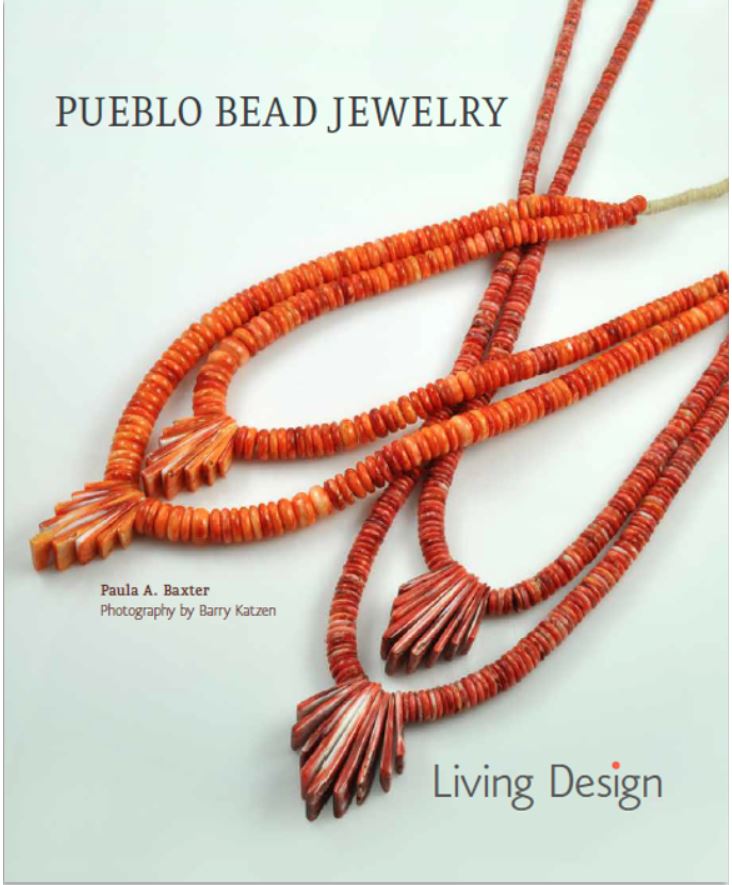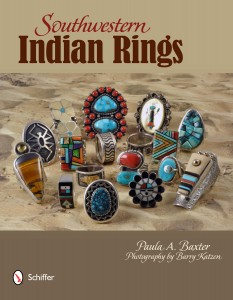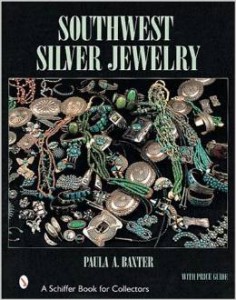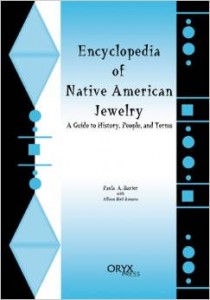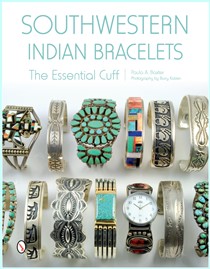This rich blue stone is so much more than the official gemstone of New Mexico and the designated stone for those born in the month of December. Turquoise has been part of the American Southwest and its peoples for more than 2000 years. Those who prize turquoise as a collectible, and love it in their Native-made jewelry, realize soon that they need to know more about this stone than the fact that it’s composed from the hydrous phosphate of copper and aluminum.
Not all turquoise is usable: it needs to be sturdy enough to take cutting and polishing. Mines of origin, color, and matrix determine value. Yet natural turquoise, a large part of what determines price for a piece of jewelry with such material, means that this stone hasn’t been treated. Unfortunately, most turquoise today requires some sort of treatment.
At this point, the collector requires some education. Dealers and suppliers are a source for information, but self-education is essential, too. Here the IACA offers some help, with their useful pamphlets. They, too, in turn look to experts, such as those who run the Turquoise Museum in Albuquerque. Located virtually a hop, skip and jump away from the Old Town Plaza, every would-be Indian arts enthusiast should make a pilgrimage there.
By the way, IACA recently announced the award-winning artists from their Spring show. See Liz Rose’s article for details.
